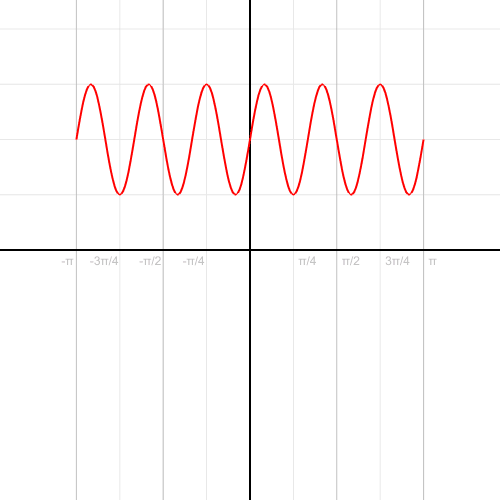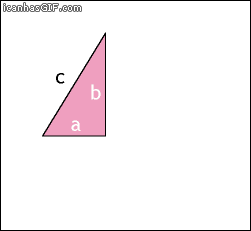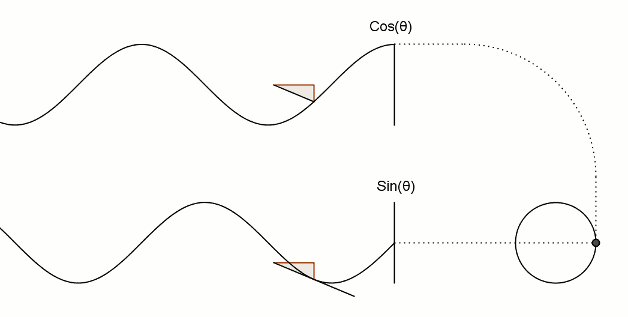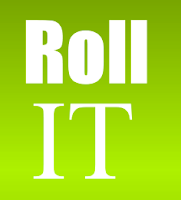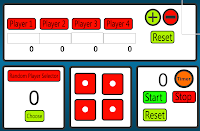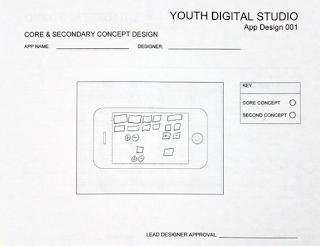I was trying to think of ways of implementing more Bloom's Taxonomy in my classroom and I had an epiphany. Bloom's Taxonomy is dated for 21st Century learners and does not give students the freedoms of a classroom atmosphere for the real-world. So I came up with my own taxonomy: KUCE Taxonomy. It takes bits and pieces from Bloom's along with some adaptations of my own.
K: Know
In Bloom's Taxonomy the first two base stages of the pyramid are remember and understand and if you combine these two bases together you get know. Students remembering and understanding the material is normally done in one or two days depending on the material. Students in most classrooms listen to lectures and either understand or don't. In my classroom I want students to know the material and be able to get to the next step in the learning process as quickly as possible. I believe that knowing something is just the first step in the process of learning.
U: Use
Again in Bloom's Taxonomy the next two steps in the pyramid are Apply and Analyze, in my understanding this is using the material that you know. After students know and understand the material, I want them to use the material in my classroom, in the picture below of the actual taxonomy it is semi-broken down into two different parts: examples and real world. I put a wavy line between the two, because you can use different ways of using the material and sometimes it may not be examples or going as far to the real world, but the line is blurred and in my classroom I want to have students come up with examples and once they have mastered using examples I want them to learn how to use this information in the real-world.
C: Create
Once students know the material and can use the material, the next logical step is create and in Bloom's Taxonomy this changes a little bit (Bloom has it at the pinnacle of the pyramid). Once again I have semi-broken down the creative stage in to two parts: local/community and global. For 21st Century learners, students need to be able to apply their knowledge in their community and globally, students need to be informed citizens and care about the world they live in. The arrows are in their, because students need to be moving in the direction of global learning and thinking about others outside of their local bubbles. In my classroom for example, students might create a presentation for the classroom then students set up either a website to take their use of knowledge to the next level the global web. In other classrooms it might be researching tyrannies in other parts of the world, not just their own backyard.
E: Evaluate
At this point, in my classroom, students have mastered the material. They have become small masters of the material and once they have completed something on the global scale they can evaluate others work. This might be in the sense that they can evaluate a math website for mistakes or in other classrooms students are able to evaluate other governments for flaws and successes other than their own. Students become well-rounded and are able to make decisions on their own from the previous sections of knowledge. They know the material, use it, created their own projects, and are now prepared for the real world.
Now that you have most of the information the KUCE Taxonomy is built for life-long learners in a pluralistic society, students are well-rounded and prepared for anything. This system of learning in schools is not adopted yet, but I hope to think that master teachers and reformists in education are built towards this style of learning. I believe that children are built for learning new things, just not in the classroom but on their own.
The last thing I want to include is the shape I built in for the taxonomy. The trapezoid shape is developed not only for time students should be spending on each stage, but learning increases as you go up the ladder. In Bloom's Taxonomy it is a pyramid with a point top, for me this is where learning stops. In the KUCE Taxonomy it has a open top, learning never stops. As teachers, we know this all too well.
If you have any comments or suggestions about changes to the taxonomy, please post them below. How do you think learning would change with these steps instead of Bloom's? How do you think you could shape your curriculum to fit these stages?
 Zombies and mathematics looks like it would be two things that didn't quite go together. Andrew Miller had a project-based learning project about Zombie-based Learning.
Zombies and mathematics looks like it would be two things that didn't quite go together. Andrew Miller had a project-based learning project about Zombie-based Learning.
